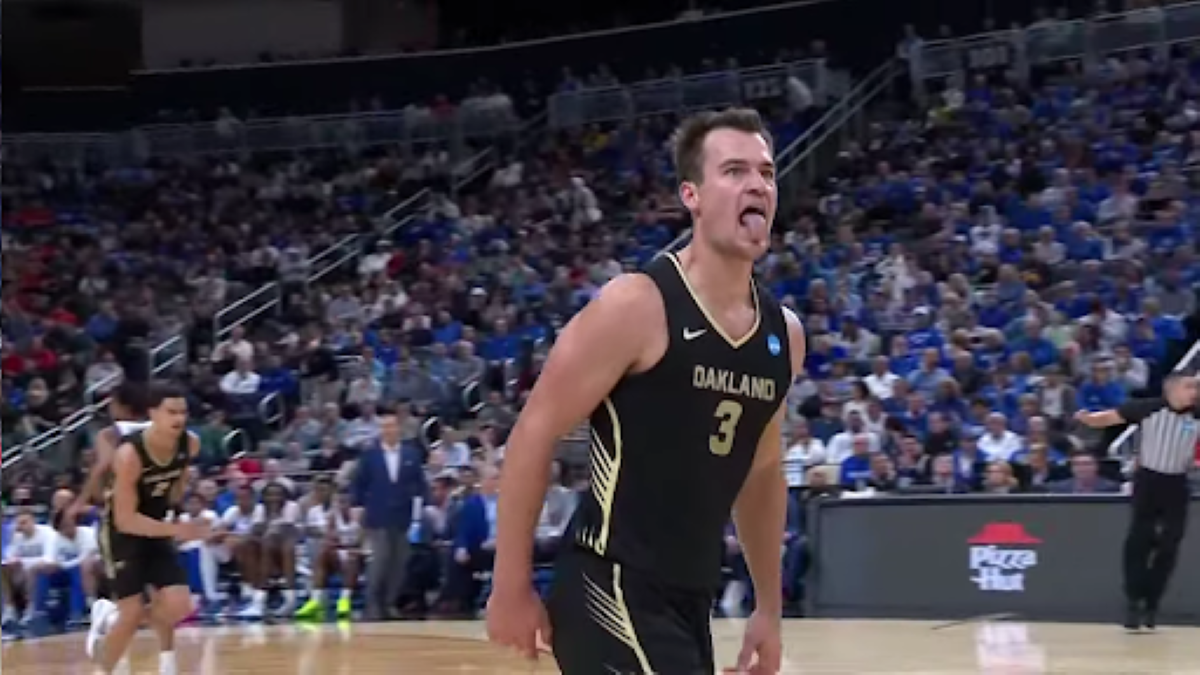This weekend, the 2023 Formula One World Championship gets underway in the Middle East with the Bahrain Grand Prix. On the grid, Logan Sargent, a Fort Lauderdale-born driver who has spent the past several years racing in Europe, will become the first American driver to race in the series since Alexander Rossi in 2015. But in some respects, the event will be as notable for the American driver not participating as the one who is.
As drivers and teams swapped rides late last year and over the off-season, it became obvious that an American-born and American-based driver who wanted to make a move to join Formula One could not get the regulatory approvals to do so. The controversy ultimately came down to Formula One’s institutional bias in favor of the European-based feeder series, which the organization that runs Formula One just so happens to control.
Even as it makes a renewed bid for American fans by adding a second U.S.-based race to the annual schedule in Miami last year and a third in Las Vegas this year, Formula One continues to give the cold shoulder to drivers from the American racing series. It does so for two uniquely European reasons: A combination of bureaucracy and chauvinism.
Migration from IndyCar
The American driver in question, Colton Herta, previously explored joining Formula One prior to the 2022 season. The son of an IndyCar veteran, the second-generation driver became the youngest-ever racer to win an IndyCar race by capturing an event just before his 19th birthday.
Ironically, while Herta won his historic first IndyCar race at Austin’s Circuit of the Americas, Formula One would not let him participate in the annual F1 race held on the very same course — or on any other course. The dispute involved whether Herta had enough points to qualify for a “super license” that governs Formula One drivers.
The controversy can get technical, but it boils down to a question of bias. Drivers earn points toward a “super license” based on their finishing position in other racing series over the past three years. And the formula for awarding those points favors drivers participating in the official Formula One feeder series over drivers who run in IndyCar and related series in America.
For instance, someone who finished fourth in the IndyCar series would receive as many points to qualify for a “super license” (10) as someone finishing fourth in one of the many formula regional racing series worldwide. By effectively equating an IndyCar series that attracts global talent and features close-quarters open-wheel racing on oval tracks that F1 lacks to a comparatively obscure regional racing series, Formula One’s license metric dramatically undervalues the former when compared to the latter.
Ironically, the IndyCar series proved its worth against Formula One competition just a few short years ago. In 2019, McLaren, a longtime Formula One team, attempted to run in the Indianapolis 500 with two-time Formula One champion Fernando Alonso driving. In a stunner for the ages, Alonso and McLaren got bumped from the 33-car field by the obscure, under-funded Juncos Racing team. The fact that such an experienced team, and driver, could fail to so much as make the Indy 500 field speaks to the series’ global competitiveness.
Unfortunately, the Formula One metrics for awarding series licenses don’t reflect this reality. Herta couldn’t qualify for a “super license” based on these criteria, and when Formula One refused to provide a waiver, he lost his potential ride in the series as a result.
Expand the Sport’s Reach
In the United States, drivers have often switched back and forth between series, particularly for marquee events. While most people associate the name Mario Andretti with the Indianapolis 500, the racing icon actually won stock car racing’s premier event, the Daytona 500, two years before he captured the checkered flag at Indianapolis in 1969.
Similarly, seven-time NASCAR Cup Series champion Jimmie Johnson just spent the past two years racing on the IndyCar circuit to fulfill a lifelong dream of his. While his performance in open-wheel racing didn’t mirror the Hall of Fame credentials, he developed while racing stock cars, few begrudged him the opportunity.
Indeed, most American racing enthusiasts welcome “crossover” efforts, like those that see drivers attempt to compete in the Indianapolis 500 on the same day as stock car racing’s Coca-Cola 600 — the Memorial Day “double.” They draw greater press interest to the sport and get fans of one type of racing to take a look at another series. Formula One would benefit from this kind of increased appeal, but it seems more focused on preserving the rules of a “super license” bureaucracy that most American series don’t bother with.
Anti-American Bias
For now, at least, Herta remains in IndyCar, which also starts its 2023 campaign this weekend, with a race on the streets of St. Petersburg, Florida. In so doing, he has made himself a visible symbol of how Formula One chases after American dollars while snubbing drivers who race in the United States.
As much as Formula One has worked over the past several years to cultivate an American fan base, those same fans should ask themselves why the sport looks down on American forms of auto racing. Perhaps if U.S. open-wheel racing fans and cities looking to host races spent more time following IndyCar than chasing Formula One, the chauvinists in the latter would get the message and change their tune.









